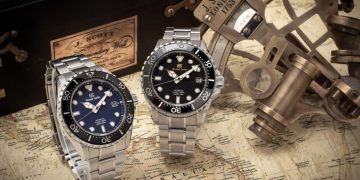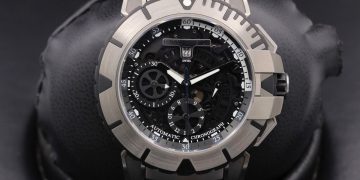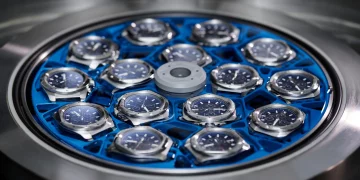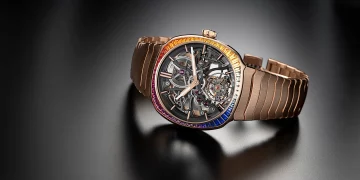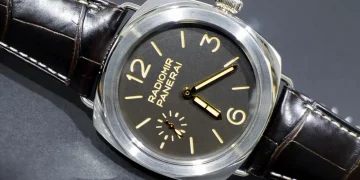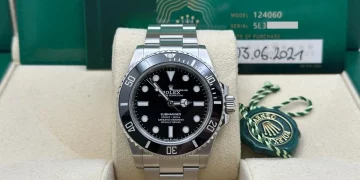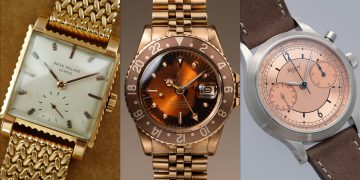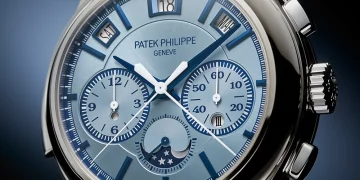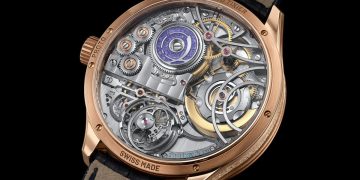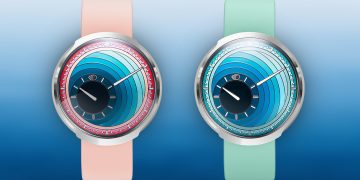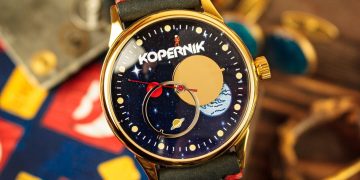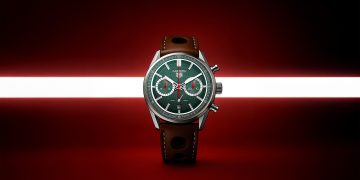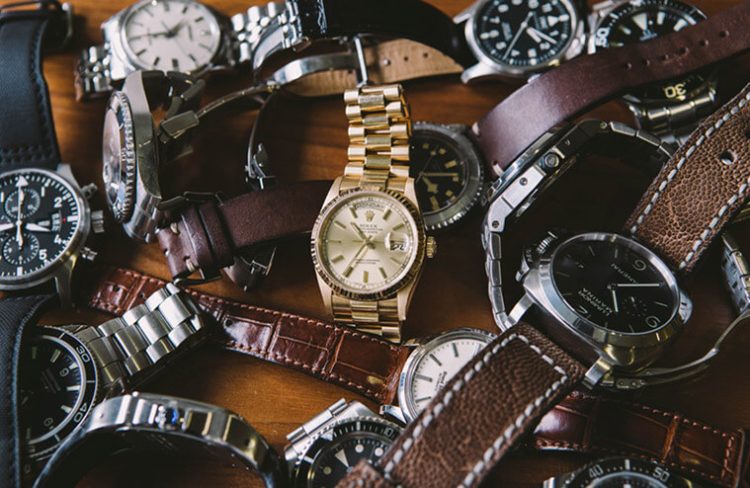Introduction
The world of horology has long been a harmonious blend of tradition, craftsmanship, and precision. For centuries, classic watch designs have stood as symbols of luxury, elegance, and engineering excellence. These timepieces, created with meticulous attention to detail and steeped in the rich history of watchmaking, have garnered devoted followings from collectors and connoisseurs around the world.
However, as the modern watch industry continues to evolve, new trends are shaping the market. With the rise of smartwatches, hybrid timepieces, and the growing influence of digital technology, the question arises: Can classic, traditional watch designs still compete in the modern world of horology? Are there aspects of these iconic designs that make them timeless, or are they being overshadowed by contemporary trends?
In this essay, we will explore whether classic watch designs can continue to hold their ground in the face of modern technological advances, shifting consumer preferences, and the changing landscape of the luxury watch market. We will analyze the characteristics of classic designs, evaluate the impact of modern trends, and explore how brands are adapting to maintain relevance.
1. Understanding Classic Watch Design
1.1 Defining Classic Watch Design
- Characteristics of Classic Watches: Explore what makes a watch “classic.” This can include elements like timeless aesthetics, mechanical movement (e.g., manual and automatic), high-quality materials (e.g., stainless steel, gold, leather), and a focus on tradition in craftsmanship. Brands like Rolex, Patek Philippe, Omega, and Audemars Piguet have made classic designs synonymous with luxury and excellence.
- Historical Significance: Discuss the historical context of classic watches, which often emerge from a time when precision and functionality were paramount. These designs were crafted with no regard for fleeting trends but with an emphasis on utility and lasting beauty.
- Iconic Models: Highlight a few well-known models that define classic watch design, such as the Rolex Submariner, Omega Speedmaster, and Patek Philippe Calatrava. These models have remained largely unchanged over decades, illustrating the endurance of classic design principles.
1.2 The Timeless Appeal of Classic Design
- Longevity and Investment: Classic designs are often viewed as investment pieces due to their enduring appeal. Over time, many classic models appreciate in value, driven by their scarcity, craftsmanship, and long-standing reputation.
- Emotional Connection: Many collectors and enthusiasts feel a deep connection to classic timepieces, with these watches often symbolizing personal milestones or a connection to past generations. This emotional element gives classic designs a lasting appeal.
2. The Rise of Modern Trends
2.1 The Impact of Smartwatches and Hybrid Timepieces
- Introduction of Smartwatches: Examine the rise of smartwatches from companies like Apple, Samsung, and Fitbit. These timepieces offer a range of digital functionalities, including fitness tracking, notifications, and even health monitoring, all while maintaining a relatively sleek and modern design. Their popularity, particularly among younger generations, has led to a dramatic shift in how people view watches.
- Hybrid Watches: Hybrid watches, which combine traditional analog designs with smart features, have gained traction in the market. Brands like Garmin and Fossil have released hybrid models that aim to strike a balance between the charm of classic designs and the appeal of modern technology.
- Consumer Preferences: Modern consumers are increasingly looking for watches that offer more than just timekeeping. Features such as fitness tracking, heart rate monitoring, and smart notifications are now viewed as essential for many watch buyers.
2.2 Modern Aesthetics and Customization
- Design Innovation: While classic designs prioritize timelessness, modern watches often embrace bold, innovative aesthetics. Watch brands are experimenting with materials like ceramics, titanium, and carbon fiber, as well as offering more colorful and unique designs.
- Customization: The modern consumer also has greater expectations for personalization. Many watch brands now offer customizable features, such as interchangeable straps, customizable dials, and even bespoke engraving options.
- The Influence of Fashion: Modern watches are increasingly seen as fashion accessories rather than tools. Fashion-forward brands such as Richard Mille and Hublot push the boundaries of watch design, combining avant-garde styles with high-performance mechanics.
3. Comparing Classic and Modern Designs
3.1 Functionality vs. Aesthetics
- Classic Designs: Traditional timepieces often prioritize function over form, with designs focused on legibility, accuracy, and durability. The use of mechanical movements is one of the defining characteristics of classic watches, emphasizing the craftsmanship behind the timekeeping.
- Modern Designs: With modern watches, especially smartwatches, the functionality often extends beyond just timekeeping. These watches offer a range of additional functions, from notifications and GPS tracking to fitness monitoring. While the aesthetics of these watches can sometimes be considered more futuristic or utilitarian, they cater to the need for multipurpose functionality.
3.2 Value Proposition
- Longevity of Classic Watches: Classic watches are often seen as heirlooms that can be passed down through generations. Their value appreciates over time due to their enduring popularity and limited availability. Many buyers see these timepieces as investments.
- Modern Watch Value: While modern watches, especially smartwatches, offer great functionality and convenience, they often lose value quickly after purchase. Smartwatches become outdated rapidly as technology advances, and the resale value tends to be much lower than that of a classic luxury watch.
3.3 Collectibility and Prestige
- Classic Watch Collecting: Classic watches are highly collectible. Limited editions, rare models, and timepieces with historical significance are highly sought after in the secondary market. Collectors value the craftsmanship and history behind these pieces, making them not just functional tools but valuable investments.
- Modern Watches and Collectibility: While modern watches can also become collectible, particularly limited-edition releases from brands like Apple or certain hybrid timepieces, they do not yet carry the same level of prestige or long-term value as classic watches.
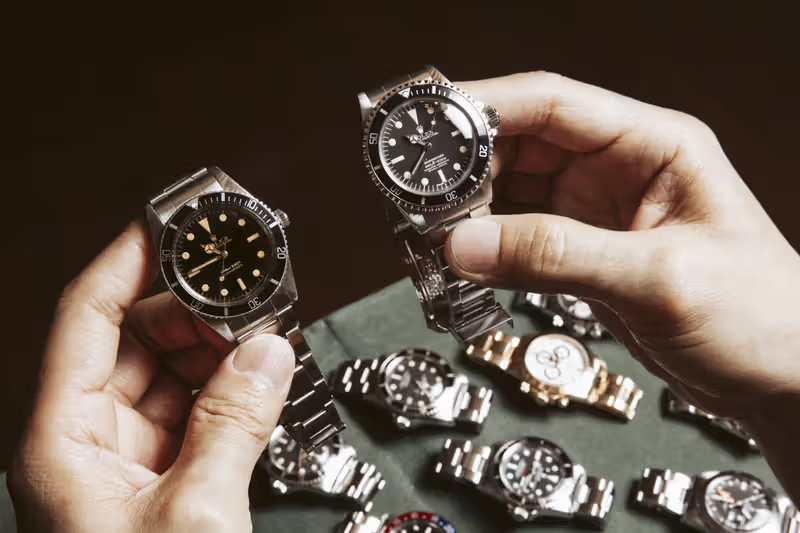
4. The Enduring Allure of Classic Watches in the Modern Era
4.1 Emotional Connection and Legacy
- Sentimental Value: Classic watches often come with an emotional and historical connection. Many buyers purchase watches to commemorate special occasions or to continue a family tradition. The legacy of a watch brand and the craftsmanship behind it are part of what makes classic designs so appealing.
- Symbol of Status: For many, owning a classic luxury watch represents more than just owning a piece of craftsmanship; it is a status symbol. Watches like the Rolex Day-Date or the Patek Philippe Nautilus are symbols of prestige that transcend time, reinforcing their appeal in a world increasingly driven by modern technology.
4.2 Adaptation to Changing Consumer Needs
- Incorporating Modern Features: Many classic watchmakers, understanding the changing tastes of modern consumers, are finding ways to innovate without abandoning their core values. Some brands, like Omega and TAG Heuer, have introduced hybrid models that blend traditional design with modern smartwatch technology, allowing them to appeal to both classic watch lovers and tech-savvy consumers.
- Appeal to Younger Generations: Classic brands are also investing in marketing campaigns targeting younger generations, educating them about the value of craftsmanship, the art of watchmaking, and the enduring quality of a mechanical watch.
5. Conclusion: Can Classic Designs Compete with Modern Trends?
Classic watch designs continue to compete with modern trends, not only due to their timeless appeal but because of their ability to evolve and adapt to changing consumer demands. While smartwatches and hybrid models may dominate the tech-driven market, the core values of mechanical timepieces—craftsmanship, prestige, and longevity—remain compelling to a significant segment of consumers. The challenge for classic watch brands lies in finding the right balance between tradition and innovation, ensuring that they can stay relevant without losing the essence of what makes their designs truly iconic.
In the end, classic designs will continue to hold their place in the luxury watch market, not in competition with modern trends, but in complement to them. The enduring charm of a well-crafted, timeless watch transcends generations, and its relevance in the modern world is only enhanced by the ongoing appreciation for quality, heritage, and craftsmanship.


